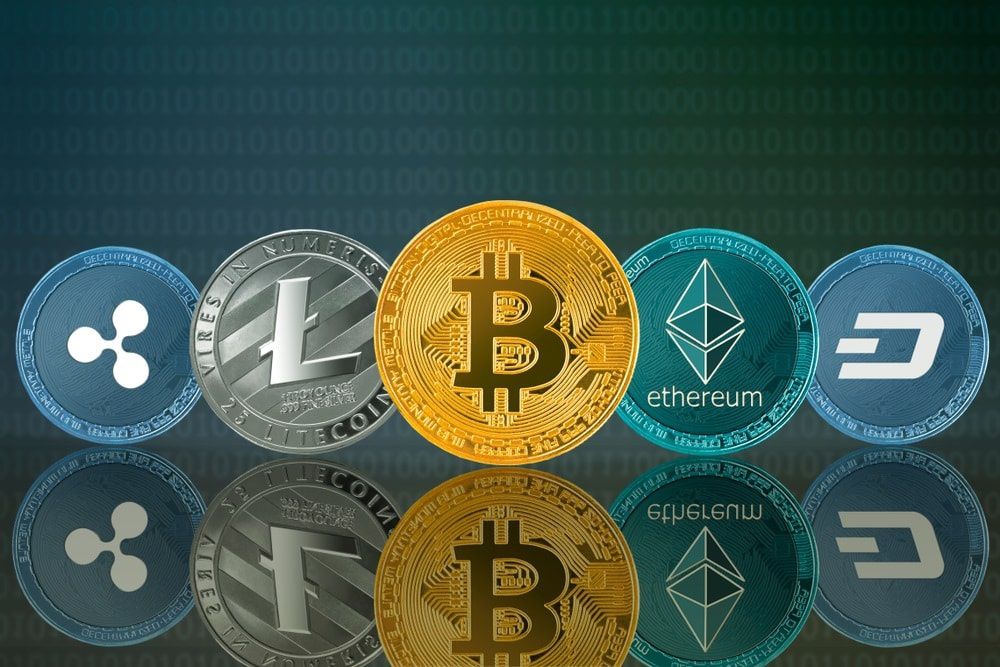Launching a new crypto project is only half the battle—the real challenge begins when you want to bring your token into the spotlight. For investors, traders, and enthusiasts to recognize and trade your token, it must be listed on trusted platforms. A token listing not only builds credibility but also increases liquidity and accessibility.
However, the process of token listing can seem overwhelming, especially for new crypto projects. This blog will walk you through the step-by-step token listing process to make it easier for your project to gain traction in the crypto market.
Why Token Listing Matters
Before diving into the steps, let’s quickly understand why token listing is crucial:
- Visibility & Trust: Being listed on a recognized platform validates your project and helps build investor confidence.
- Liquidity: Listing ensures there’s a market where your token can be easily traded.
- Access to Investors: A wider audience of traders, investors, and enthusiasts can now discover and invest in your project.
- Project Growth: With accessibility and exposure, listing helps projects build long-term growth and credibility.
Step 1: Build a Strong Foundation
Exchanges and listing platforms look for projects with strong fundamentals. Before applying for a listing, ensure you have:
- A clear whitepaper that explains your project’s goals, utility, and tokenomics.
- Well-defined tokenomics such as supply, distribution plan, and utility within your ecosystem.
- Active community support on platforms like Telegram, Discord, and Twitter.
- A working product or MVP (minimum viable product), or at least a clear roadmap for development.
Without these basics, it’s difficult to convince an exchange to consider your token.
Step 2: Smart Contract Audit
Security is a top concern in crypto. Exchanges require tokens to undergo third-party smart contract audits. This step proves that your code is secure and free of vulnerabilities. Platforms like CertiK, Hacken, and SlowMist are popular choices for audits.
An audit not only strengthens your project’s reputation but also assures investors that your token won’t suffer from exploitable flaws.
Step 3: Choose the Right Listing Platforms
There are different types of listing platforms, and you should decide based on your project’s budget, audience, and goals:
- Voting & Directory Sites (e.g., CoinSniper, CoinVote):
- Low-cost, fast, and beginner-friendly.
- Great for building initial hype and community awareness.
- Market Trackers (e.g., CoinMarketCap, CoinGecko):
- Essential for visibility and credibility.
- These platforms don’t host trades but allow investors to track price, volume, and market cap.
- Centralized Exchanges (CEXs) (e.g., Binance, KuCoin, Gate.io):
- High visibility and liquidity but stricter requirements and higher listing fees.
- Decentralized Exchanges (DEXs) (e.g., Uniswap, PancakeSwap):
- Easy to list if your token is on Ethereum, BNB Chain, or other supported networks.
- No central authority, but liquidity depends on your community’s participation.
A balanced approach is to start with DEXs and directories, then move towards larger CEXs as your project grows.
Step 4: Prepare Listing Documents
Each exchange or tracker will require specific documentation. Common requirements include:
- Project overview (name, ticker, blockchain, token contract).
- Team details and LinkedIn profiles (for transparency).
- Whitepaper and roadmap.
- Smart contract audit report.
- Community links (Telegram, Twitter, website, GitHub).
- Legal compliance documents (some exchanges require KYC for the team).
Organizing these documents in advance will save you time and improve your approval chances.
Step 5: Apply for Listing
Once prepared, you can apply for listing:
- For CEXs: Fill out their token listing application forms. Some may also require initial deposit fees or legal checks.
- For DEXs: Add liquidity pools on platforms like Uniswap or PancakeSwap using your token and a base token (ETH, BNB, USDT).
- For directories/trackers: Submit your token details and community info. Some require voting or a small fee to be approved.
The approval time varies—trackers may list within days, while top CEXs can take weeks or months.
Step 6: Build Liquidity
Without liquidity, your token cannot be traded efficiently. This means you need to provide enough of your token paired with another token (like ETH, BNB, or USDT) in liquidity pools. For CEXs, they often manage liquidity but may ask for market-making support.
Strong liquidity encourages trading and builds investor confidence.
Step 7: Announce & Market the Listing
After securing a listing, it’s time to spread the word. Use your community channels, press releases, and crypto media outlets to announce the milestone. You can also collaborate with influencers or run promotional campaigns to increase trading activity.
A successful marketing push ensures your listing gains momentum and doesn’t go unnoticed.
Step 8: Maintain Ongoing Compliance
Listing is not a one-time event. Exchanges monitor projects for activity, compliance, and community engagement. Projects that fail to maintain transparency risk getting delisted.
Keep your community active, deliver on your roadmap, and regularly update exchanges with project news. This helps sustain long-term trust.
The token listing process may seem complicated, but when broken into steps, it becomes much more manageable. Start by building a strong foundation, ensuring security, and preparing professional documents. Then move step by step—from smaller directories and DEXs to larger exchanges.
Remember: listing is not just about access, but also about credibility. The more transparent, secure, and community-driven your project is, the easier it will be to get listed and gain investor trust.
A well-planned listing process can transform your new crypto project from an unknown token into a recognized asset in the crypto ecosystem.


